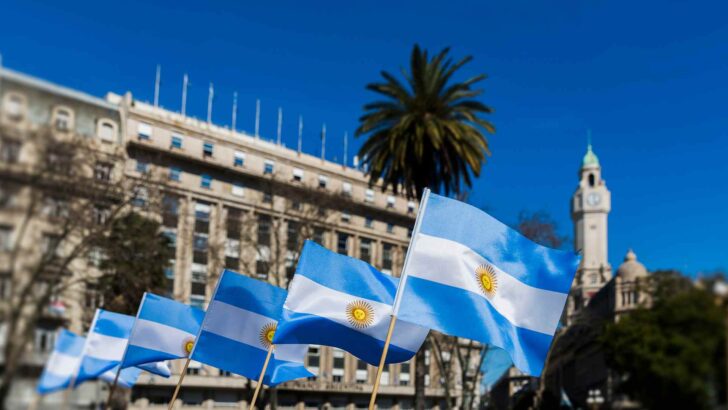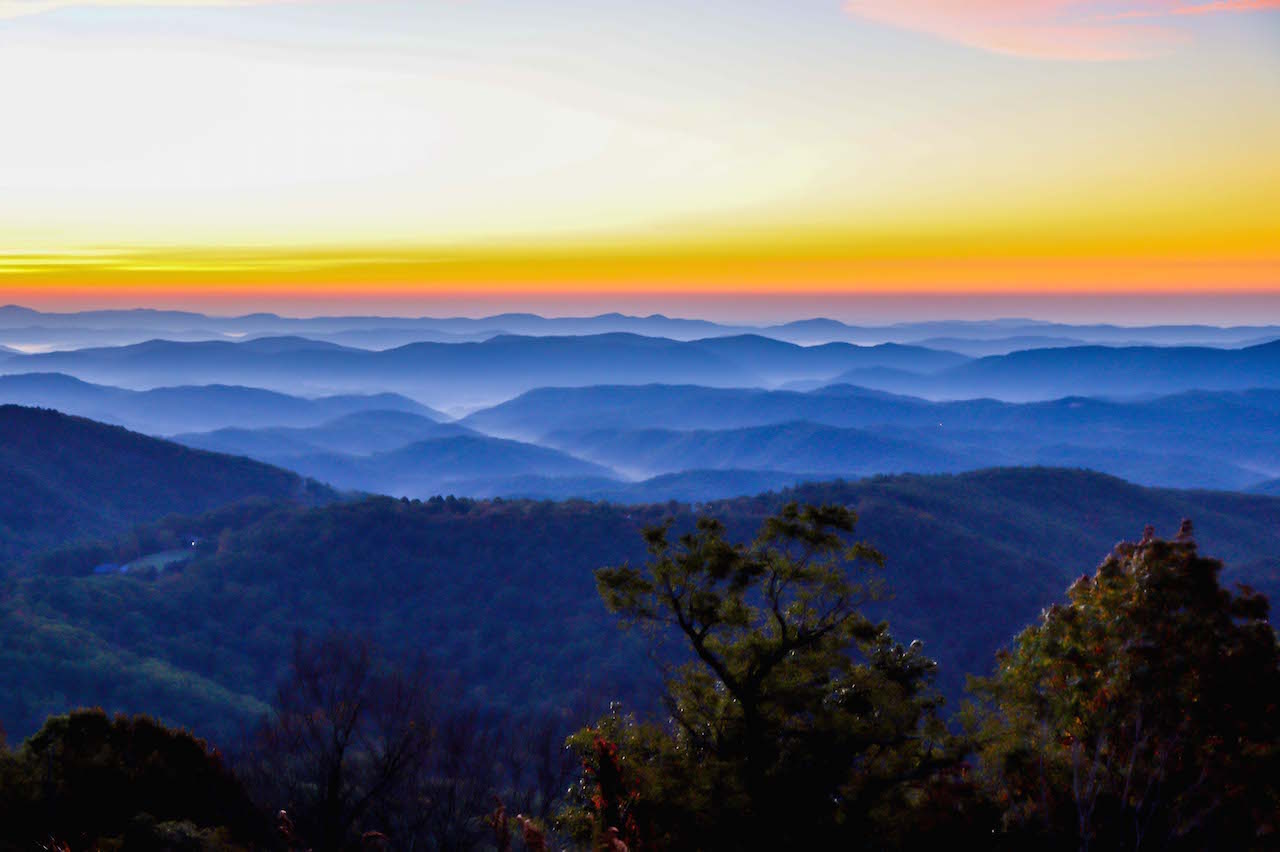Argentina, a land of contrasts and vibrant culture, boasts a multifaceted identity that enchants wanderers and scholars alike. From its stunning landscapes to its rich traditions, the country is a tapestry woven with unique threads of history, culture, and natural beauty. Below, we explore an array of fascinating facts that illuminate the essence of Argentina.
1. The Land of Tango
Tango, a passionate dance that emerged in the late 19th century, serves as a heartbeat for Argentine culture. This sultry dance form originated in the working-class neighborhoods of Buenos Aires, where European immigrants amalgamated their techniques and rhythms with local influences. It is often described as a dialogue between partners, where every step tells a story of longing, heartbreak, and connection.
2. Home of the Andes
The mighty Andes mountain range, the longest continental mountain range in the world, runs along Argentina’s western border. It is here that one can find Aconcagua, the highest peak in the Americas, towering majestically at 6,962 meters (22,841 feet) above sea level. The Andes provide not only breathtaking vistas but also diverse ecosystems, from arid deserts to lush forests, inviting adventurers and nature enthusiasts to explore their grandeur.
3. Wine Wonderland
Argentina is renowned for its Malbec wine, a varietal that flourishes in the high-altitude vineyards of the Mendoza region. With a climate that offers abundant sunshine and cool nights, the grapes develop exquisite flavors, translating into wine that has gained international acclaim. The country ranks as one of the top wine producers globally, offering oenophiles a plethora of options, from bold reds to refreshing whites.
4. The Patagonia Enigma
Patagonia, a vast region that straddles both Argentina and Chile, is defined by its pristine beauty and remoteness. Here, one can encounter jagged mountain peaks, expansive glaciers, and windswept plains. This alluring wilderness is home to iconic wildlife, including guanacos, Andean condors, and even the elusive puma. The diverse landscapes beckon explorers and thrill-seekers to partake in hiking, kayaking, and wildlife watching unrivaled anywhere else.
5. A Culinary Carnival
Argentinian cuisine is a delightful paradox, reflecting indigenous influences blended with European flair. The nation is celebrated for its asado, a traditional barbecue featuring various cuts of beef cooked over wood fires, which epitomizes the cultural significance of communal dining. Additionally, empanadas, dulce de leche, and yerba mate—an energizing herbal tea—infuse the culinary scene with distinct flavors that invite gastronomes to indulge.
6. The Paris of South America
Buenos Aires, the vibrant capital, is often dubbed “The Paris of South America” due to its European-style architecture and lively cultural scene. The city thrives with artistic expression that permeates its theaters, galleries, and street art. Neighborhoods like San Telmo and La Boca boast vivid murals and tango performances, creating an urban canvas where creativity knows no bounds.
7. A Nation of Immigrants
Argentina’s demographic composition is largely a result of waves of immigration mainly from Europe during the late 19th and early 20th centuries. Italians, Spaniards, and many others contributed to the cultural mosaic that defines the nation today. This amalgamation is evident in the language, food, and traditions, fostering a unique identity rich in diversity.
8. The Birthplace of Iconic Figures
Argentina has given birth to numerous influential personalities, including revolutionary Che Guevara and football legend Diego Maradona. Each of these figures encapsulates the spirit of their time, reflecting the political and social narratives of Argentina. Maradona, in particular, remains a national icon, celebrated for his extraordinary talent and controversial exploits on and off the pitch, symbolizing the nation’s passion for football.
9. The Iguazu Falls
The Iguazu Falls, a natural wonder that straddles the border of Argentina and Brazil, is a breathtaking spectacle of nature. With over 275 individual cascades, this UNESCO World Heritage site is often regarded as one of the most stunning waterfalls in the world. The roar of the water and the occasional rainbow that appears amidst the mist create a scene worthy of romantic poetry.
10. A Language of Nuance
Spanish is the official language of Argentina, yet the Argentine dialect, known as Rioplatense Spanish, features distinct vocabulary and intonation. The use of “vos” instead of “tú” and a melodic accent lends a unique flair to everyday conversation. This linguistic nuance reflects the country’s cultural richness and adds an intriguing layer to interactions.
11. Unique Wildlife
Argentina’s biodiversity showcases a variety of ecosystems, ranging from steppes to deserts, wetlands to tropical forests. It is home to the bizarre-looking capybara, the world’s largest rodent, along with the flightless rhea and the endangered Andean snowcock. The nation’s commitment to conservation has led to the establishment of numerous national parks, ensuring the preservation of its diverse fauna and flora.
12. The Cultural Heartbeat
The Argentine people have a zest for life that is palpable. Festivals, music, and dance intertwine in a lively tapestry of cultural expressions. The National Tango Day, celebrated annually on December 11, honors the dance’s inclusion as an Intangible Cultural Heritage of Humanity by UNESCO. These celebratory occasions reflect the Argentine ethos that embraces passion, creativity, and community.
In summary, Argentina is not merely a geographical entity; it is a remarkable mosaic of landscapes, traditions, and personalities. Each facet contributes to its allure, making it a destination that captivates the curious at heart. The interplay of nature, culture, and history creates a harmonious symphony that invites exploration and evokes deep appreciation.





